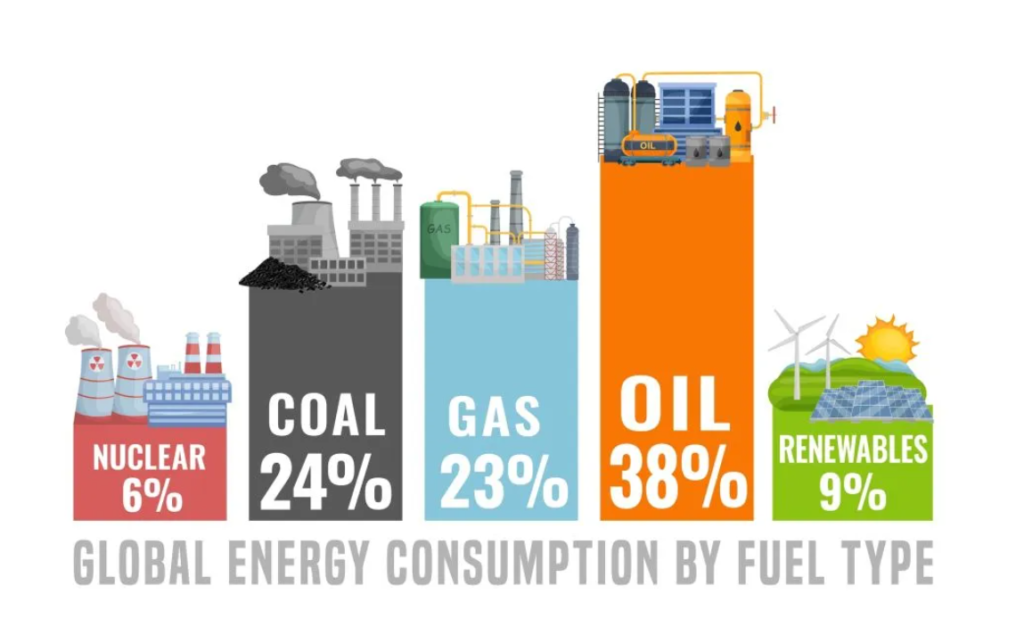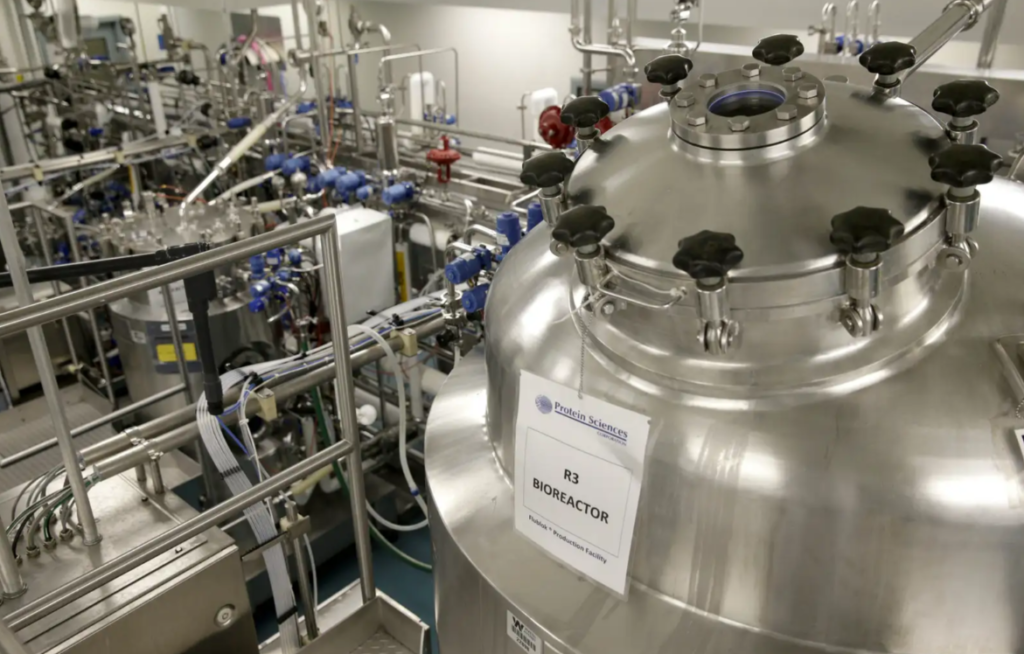Lab grown meat, or synthetic alternative protein (SAP), is produced in facilities that need energy to heat and cool buildings, power and clean equipment, and maintain communications and security systems. So how much energy does SAP production require? Advocates claim that lab-grown meat will need less energy than traditional meat production. Others aren’t so sure.
Chloe Sorvino, the author of Raw Deal: Hidden Corruption, Corporate Greed, and the Fight for the Future of Meat, is a skeptic. In an interview published by Slate, the SAP author and researcher claims that “if lab-grown meat uses traditional energy sources when it’s at scale, it would be worse than industrial meat production,” which uses petroleum not just for transportation but as petrochemicals in antibiotics.
SAP advocates cite the promise of clean, renewable energy, but most of the power that’s produced in the United States still comes from fossil fuels. In Canada, by contrast, hydropower is the leading source. But Mother Nature isn’t making new rivers, at least ones that are big enough to meet the large-scale power demand from an industry that hasn’t disclosed its environmental impact.
So what do we know for sure? Today, most of the bioreactors that are used in SAP production are pilot-scale. This smaller equipment uses less energy but isn’t suitable for the type of mass production that proponents of lab-grown meat envision. Industrial-scale SAP would need much larger and more powerful equipment, and bioreactors are generally considered to be energy-intensive.
The main reason that bioreactors require so much energy is that the nutrients and other ingredients they contain must be highly purified. The cleanroom facilities used in SAP production also have heavy energy requirements because they require exceptional ventilation. The air in these facilities needs to be moved, filtered, heated, cooled, humidified, and dehumidified. It all takes energy.
Often, the proponents of lab-grown meat compare SAP cultivation to brewing beer. According to the U.S. Department of Energy, “energy consumption is estimated at 44-46 kBtu/barrel” for boiling, “the most fuel-intensive step of the beer production process.” But that’s not all of the energy needed to produce a single barrel of beer at 31 US gallons. Cleaning, ventilation, packaging, refrigeration, and transportation are also required.
Now compare 44-46 kBtu/barrel with the 107,482 Btu that the website Save on Energy says is needed to produce a single pound of beef. Converting that second number from Btus to Kilobtus (kBtu) yields ~107 kBtu. That’s over twice as much as 44-46 kBtu, but it’s an apples-to-oranges comparison. The 44-46 kBtu in brewing is just for boiling. The 107 Btu for traditional meat production is for the entire process.
Clearly, more data is needed to determine the true energy impact of the SAP industry. For now, the best we can do is to think critically about claims that SAP production will use more or less energy than traditional meat production, which is not limited to industrial-scale operations but also includes family farms.


